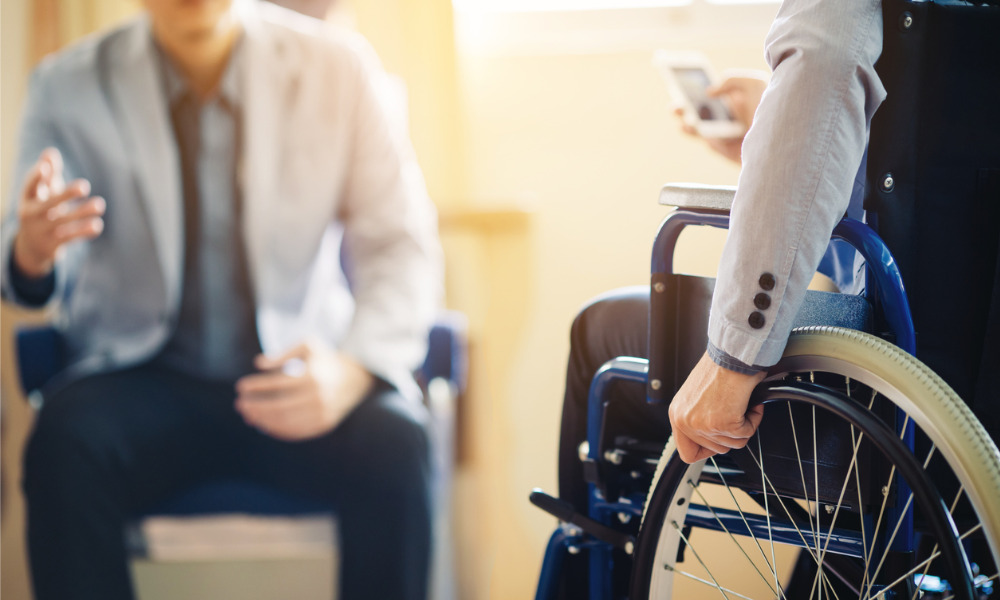
The chief accessibility officer speaks from experience

Are you treating your employees with disabilities well?
From experience, Jenny Lay-Flurrie, chief accessibility officer at Microsoft can attest to how “nervous” everyone gets around people with disabilities.
At a recent Inclusive Business Forum organised by SG Enable, Lay-Flurrie shared her experience of being hearing impaired in a company that’s on a constant journey towards inclusivity.
She also gave tips on how leaders and staff can take simple steps to treat their coworkers better.
When Lay-Flurrie first joined Microsoft more than a decade ago, she hid her disability.
“I came not to bring my talent as a person with a disability, but found myself very quickly into the fold,” she said. “I am severely, profoundly deaf. I do not hear your voice. My voice and speech is very good, and is in fact very deceptive and I was able to hide it.
“I did not tell people that I was deaf to [that] level. It was not until I knew I needed assistance and would not be capable of doing my job that I actually spoke to Microsoft. Now I lead the company and their efforts on accessibility for disability.”
Since then, she’s found just how much the tech giant supports people with disabilities.
Learn to communicate
Despite the empowering journey, she’s found that it’s natural for people to be a little awkward around people with disabilities. If anything, they’re simply unaware of how to manage the situation.
“What I’ve seen over the last 15 years is that people get nervous with people [with disabilities],” she said. “When working with me — I am a deaf person who works with an ASL (American sign language) interpreter most of the time — people tried speaking to my interpreter, [and] not to me.
“People ask my interpreter what I would like for lunch — not me.
“Remember that they are very simple things, but they mean a lot. Speak to the individual. Do not speak to their carer or interpreter.”
If unclear, she said you can ask what language to use to communicate with them and listen to how they refer to themselves. Of course, getting educated and training on appropriate communication skills is always a good idea.
“I think the number one is to get educated,” she said. “I want confident people out there that feel good about how to work and communicate with people with disabilities.”
She also made clear that the communication skills needed to be inclusive individuals can be learned.
“I really want to stress that ‘accessibility’ can be learned,” she said. “How to work, cooperate, communicate and partner with people with disabilities are all skills that can be learned.”
She added that it’s best to “get comfortable” with the language standards appropriate for communicating withe various groups of people.
However, she reminded that “every human is different”, which is why everyone should be ready to listen and learn how to treat the individual better.
“In this time of COVID-19, of the…stay at home, educate at home, remote world that we are all living in right now, it has never been more important to be inclusive, to be accessible, and to empower people with disabilities,” she said.
“This is our opportunity for an ‘inclusive recovery’ so we really ask all of you to be creative, be smart, and work together.”